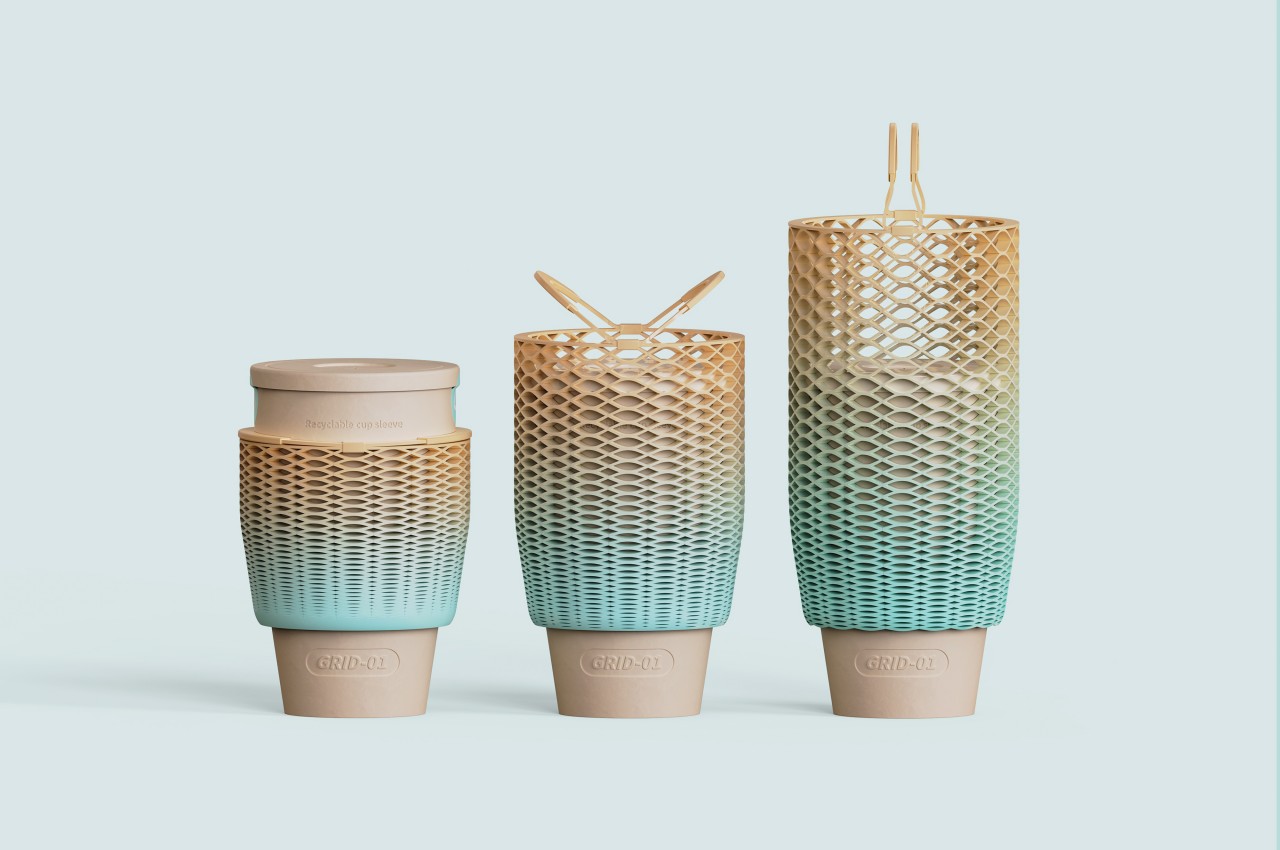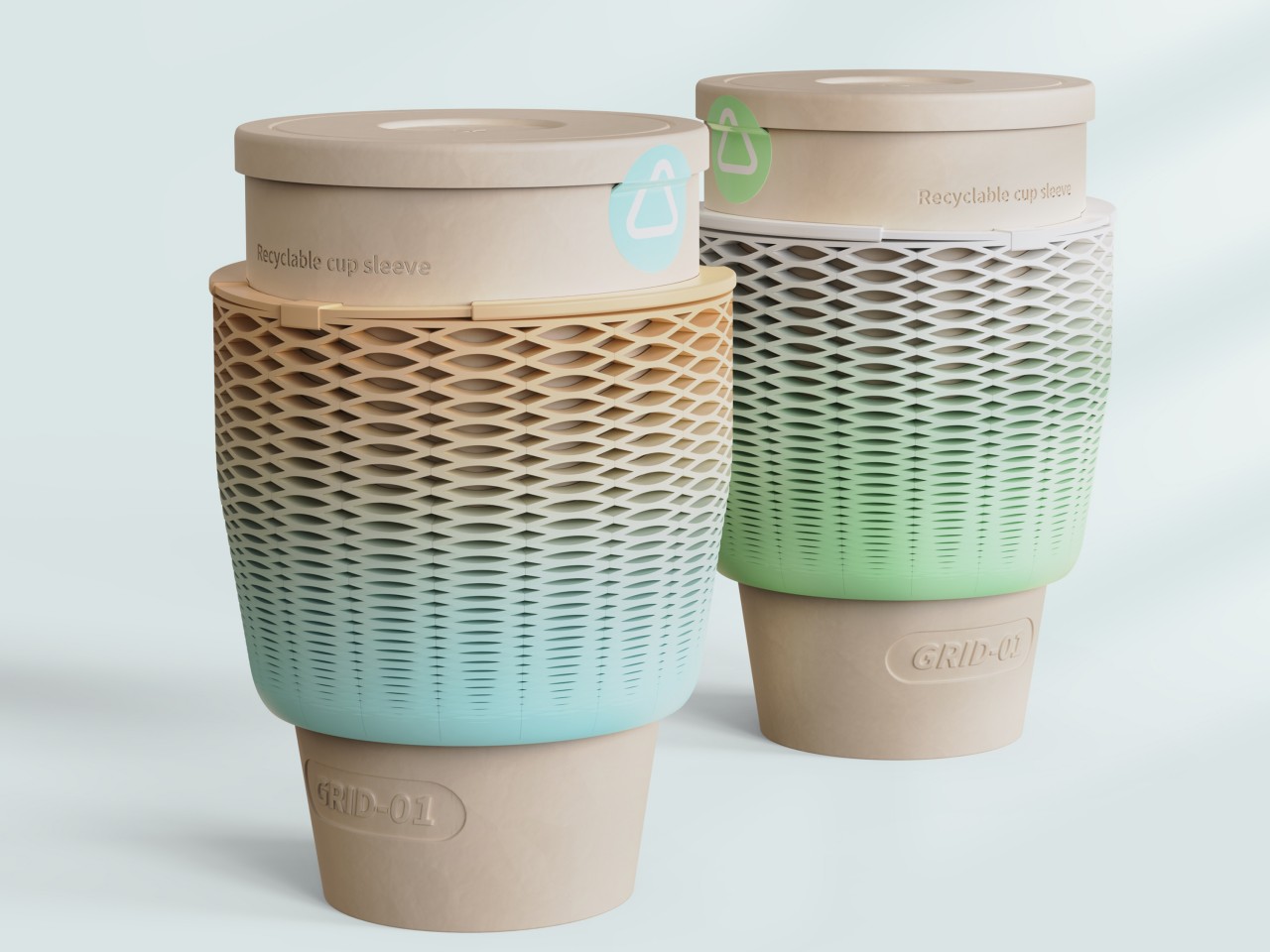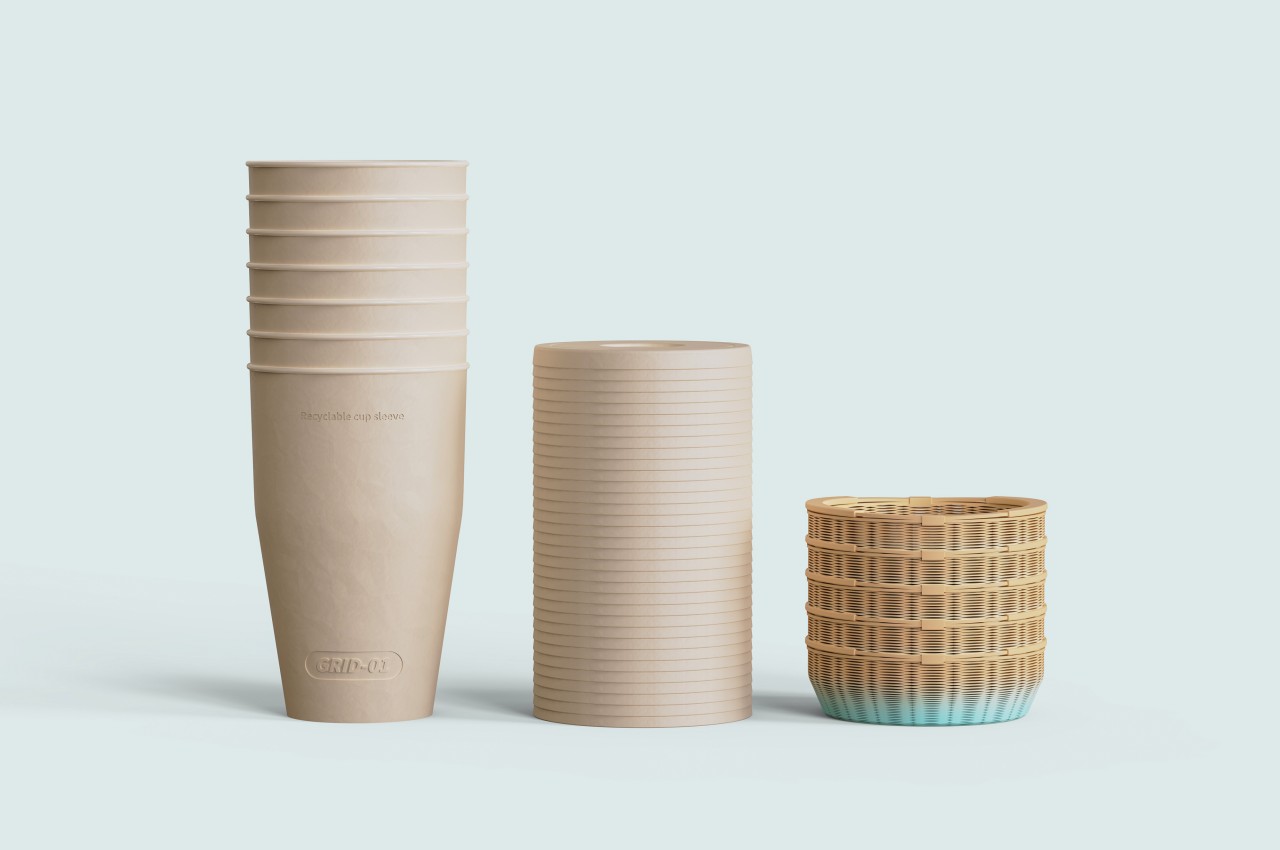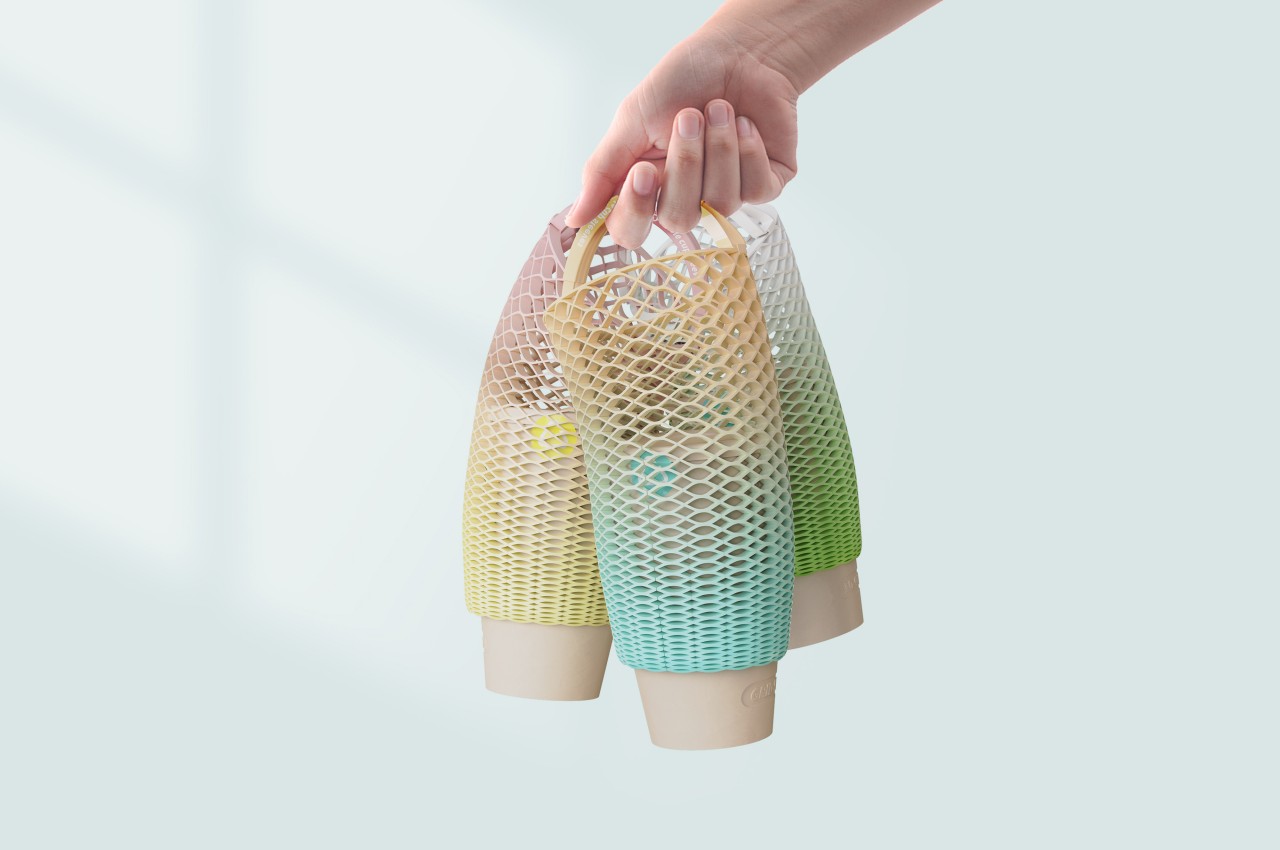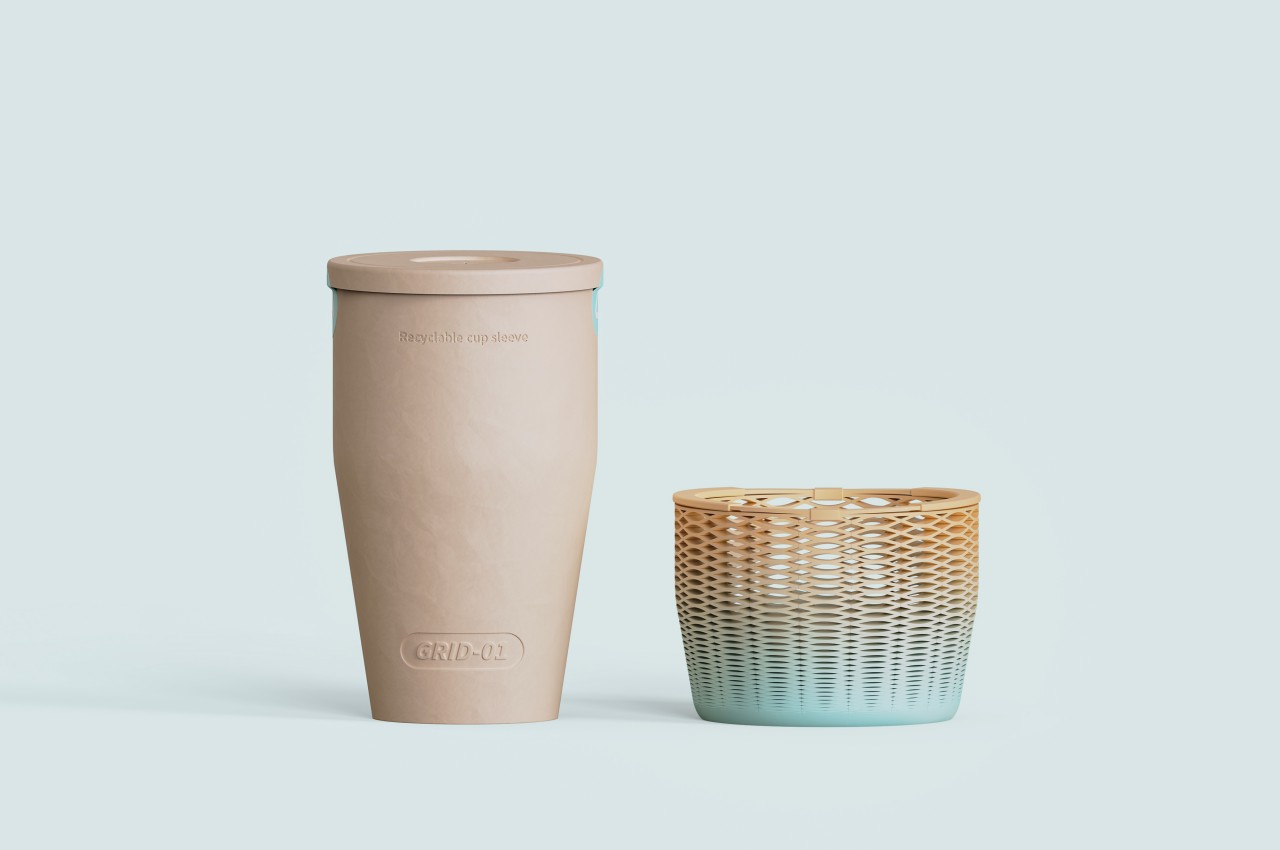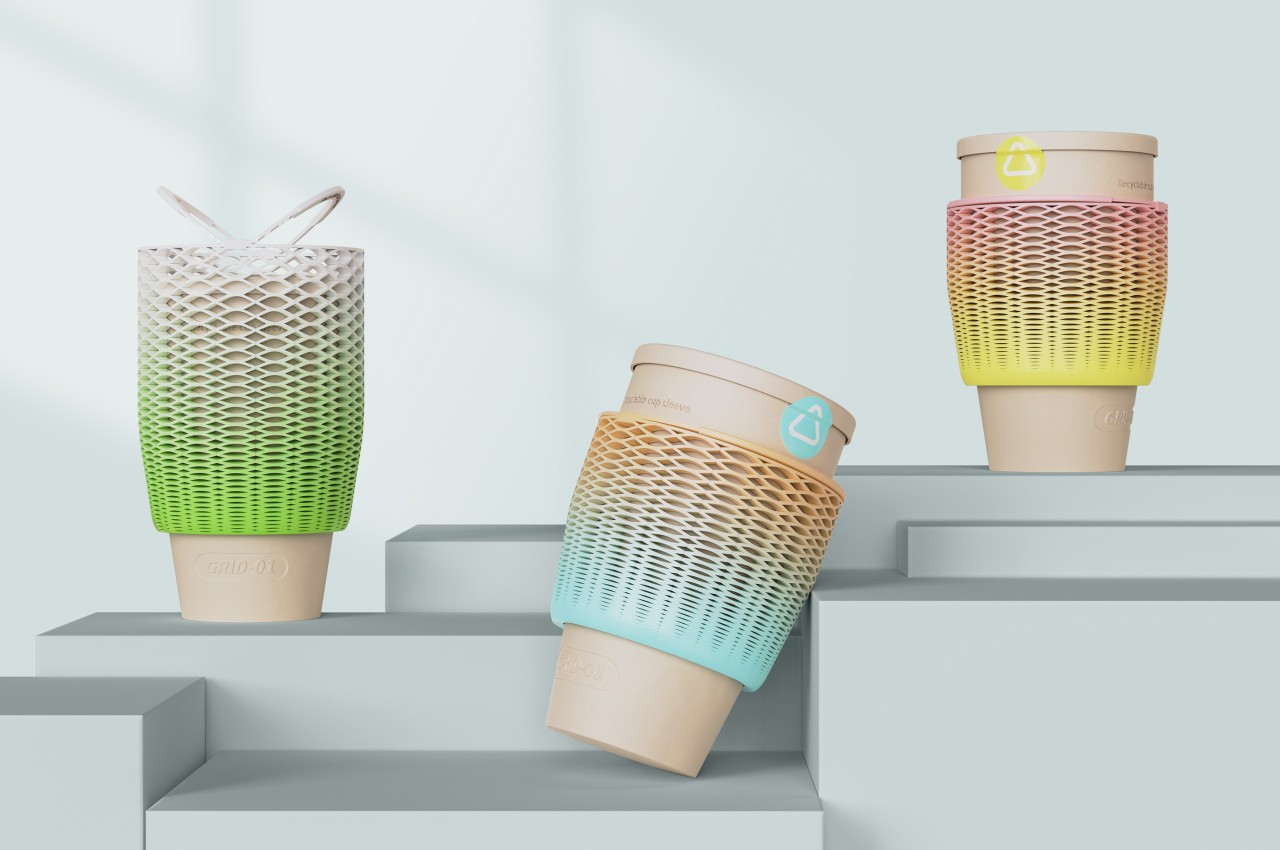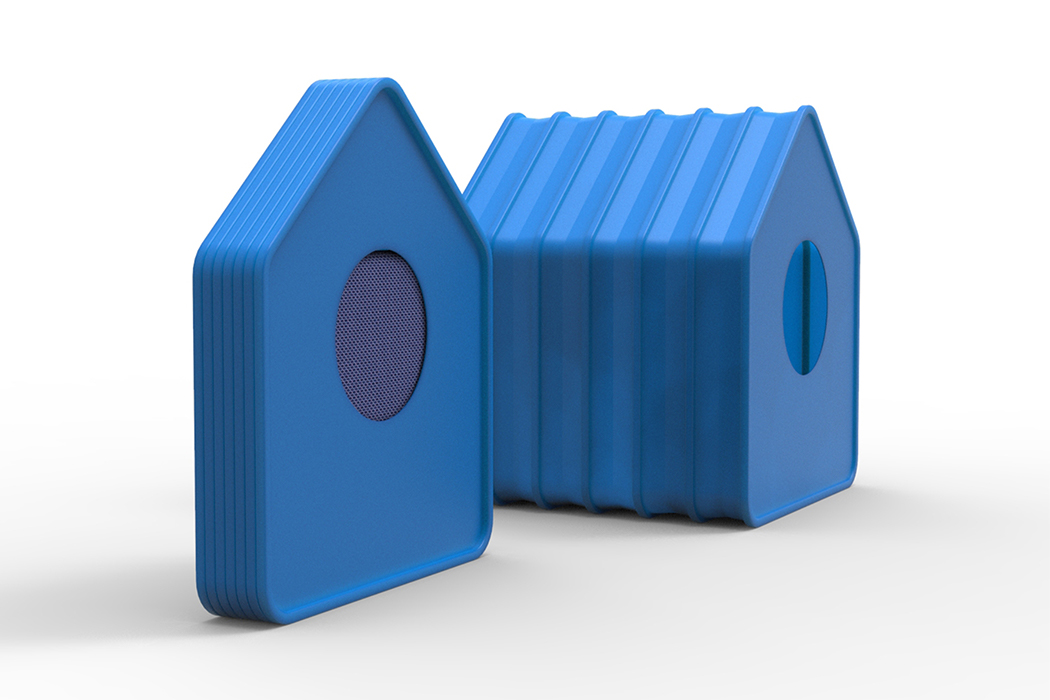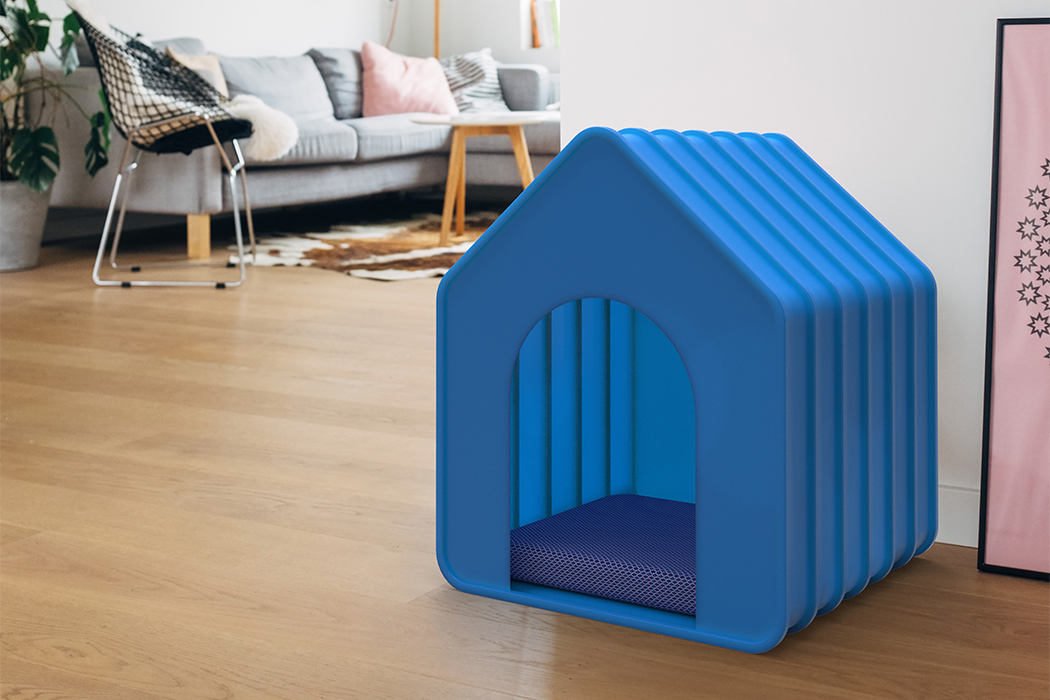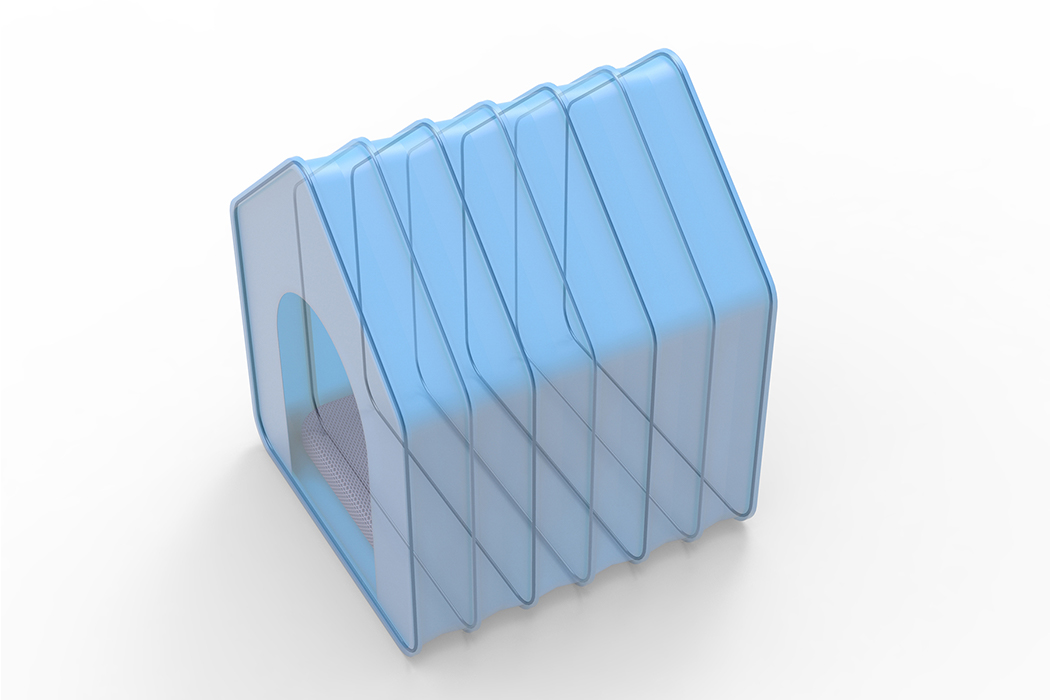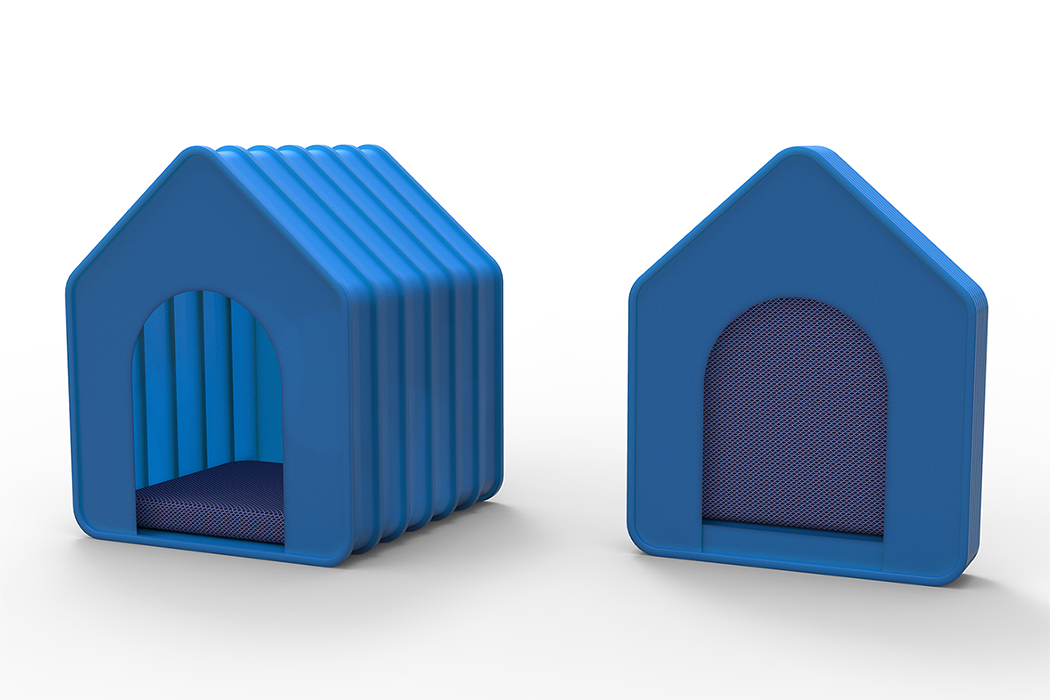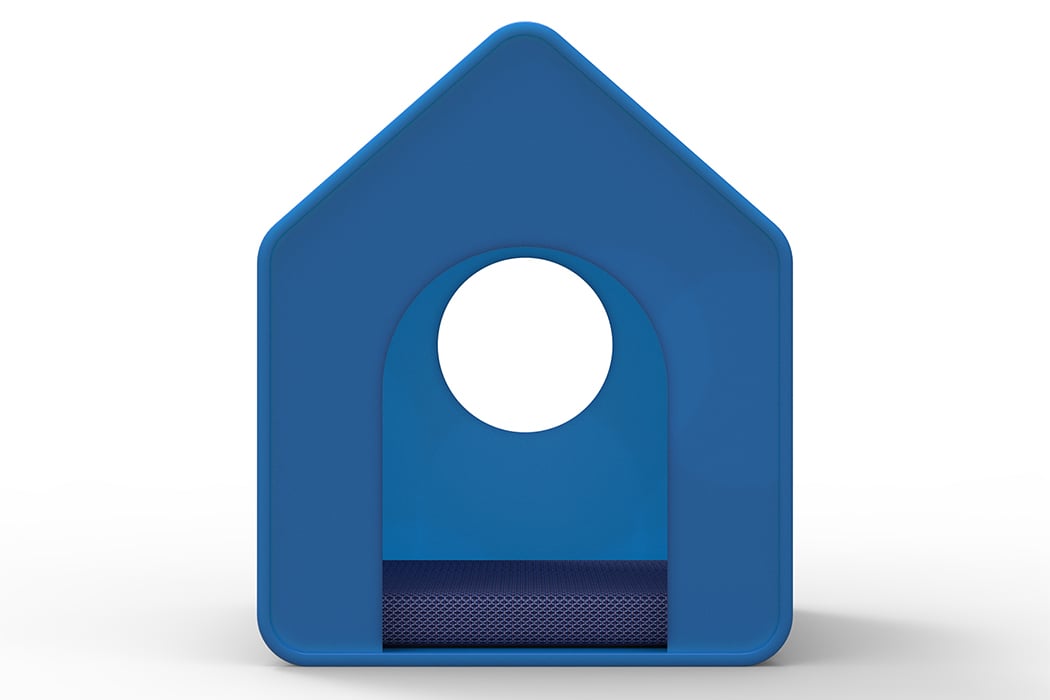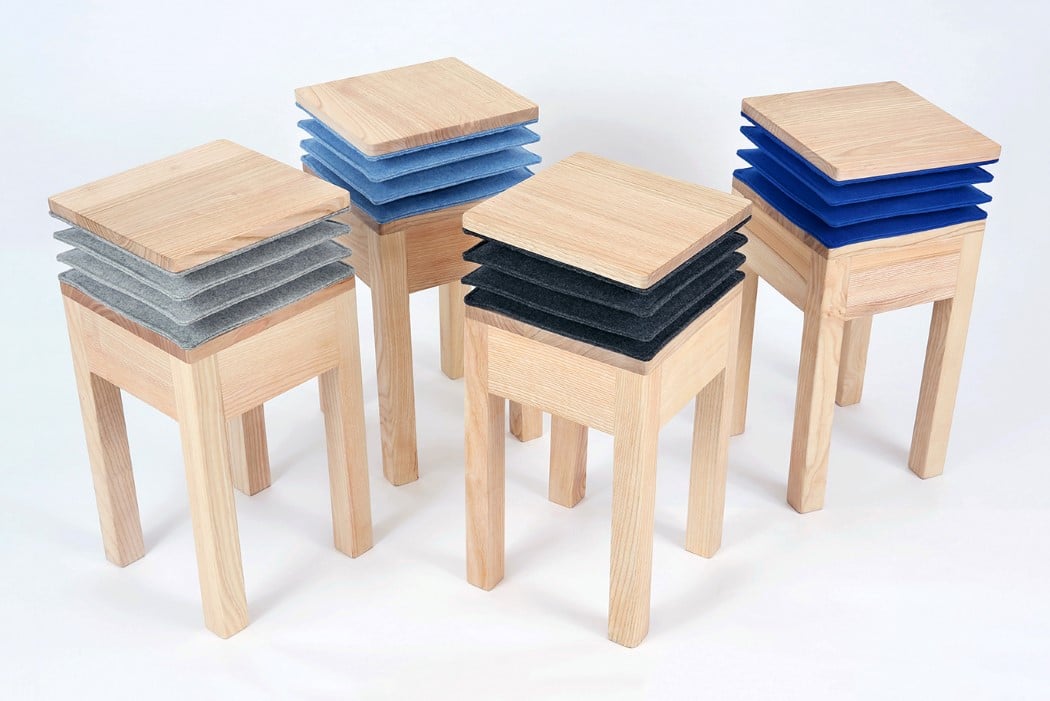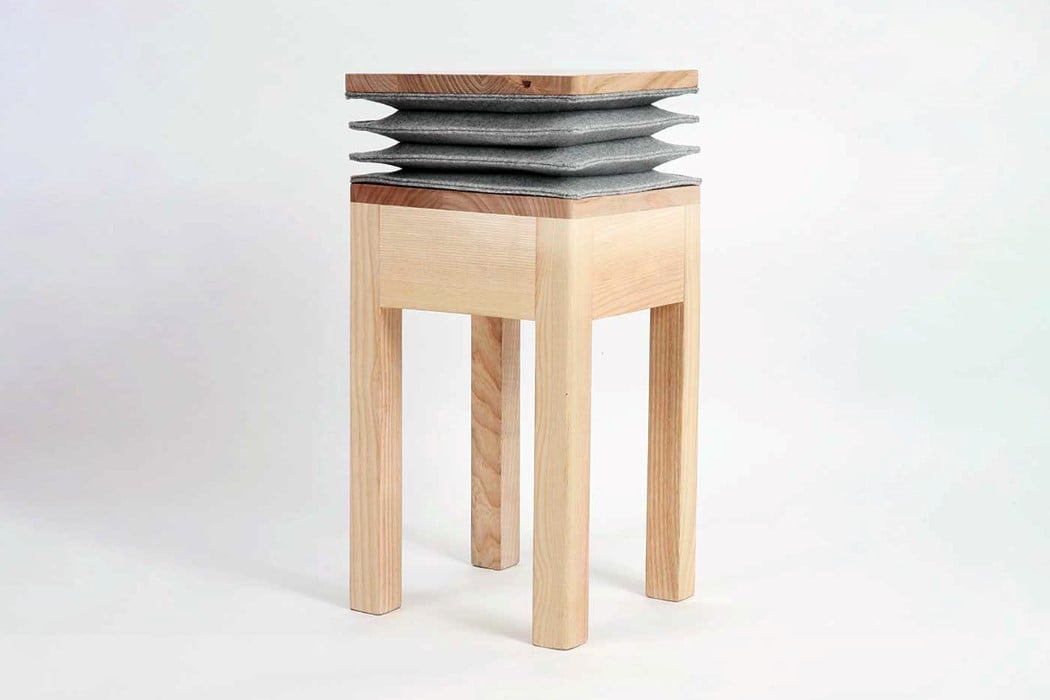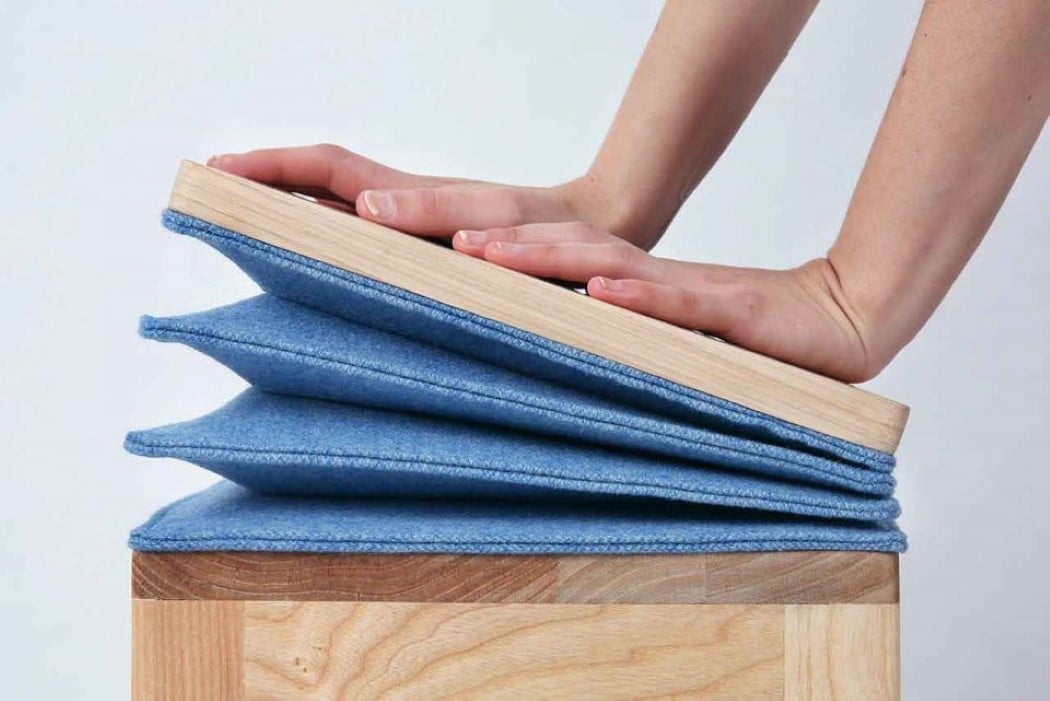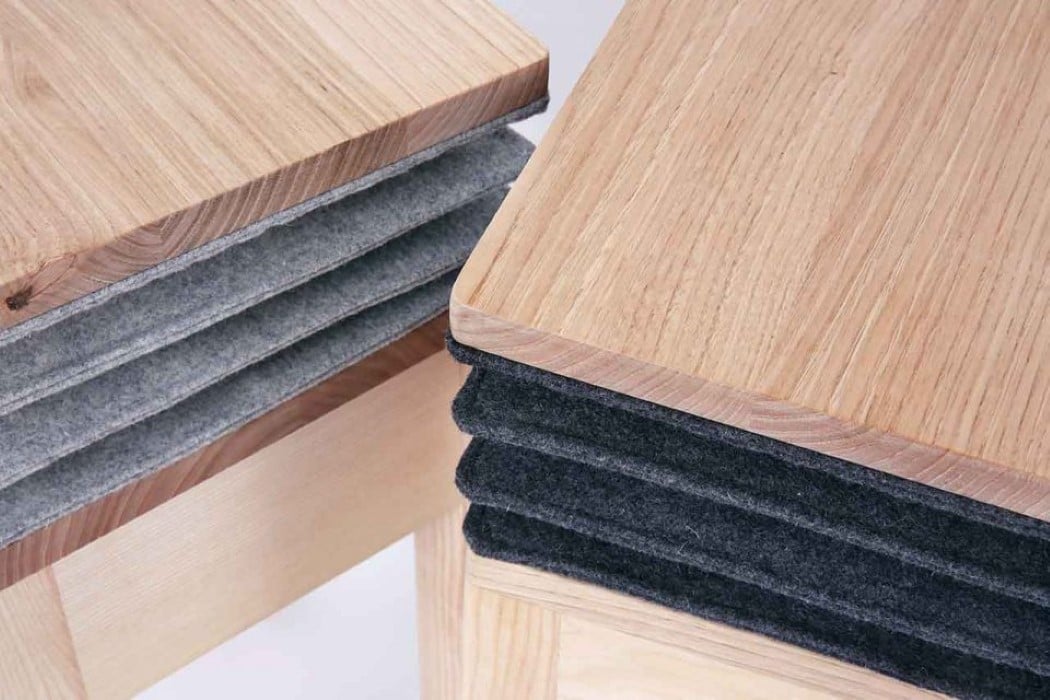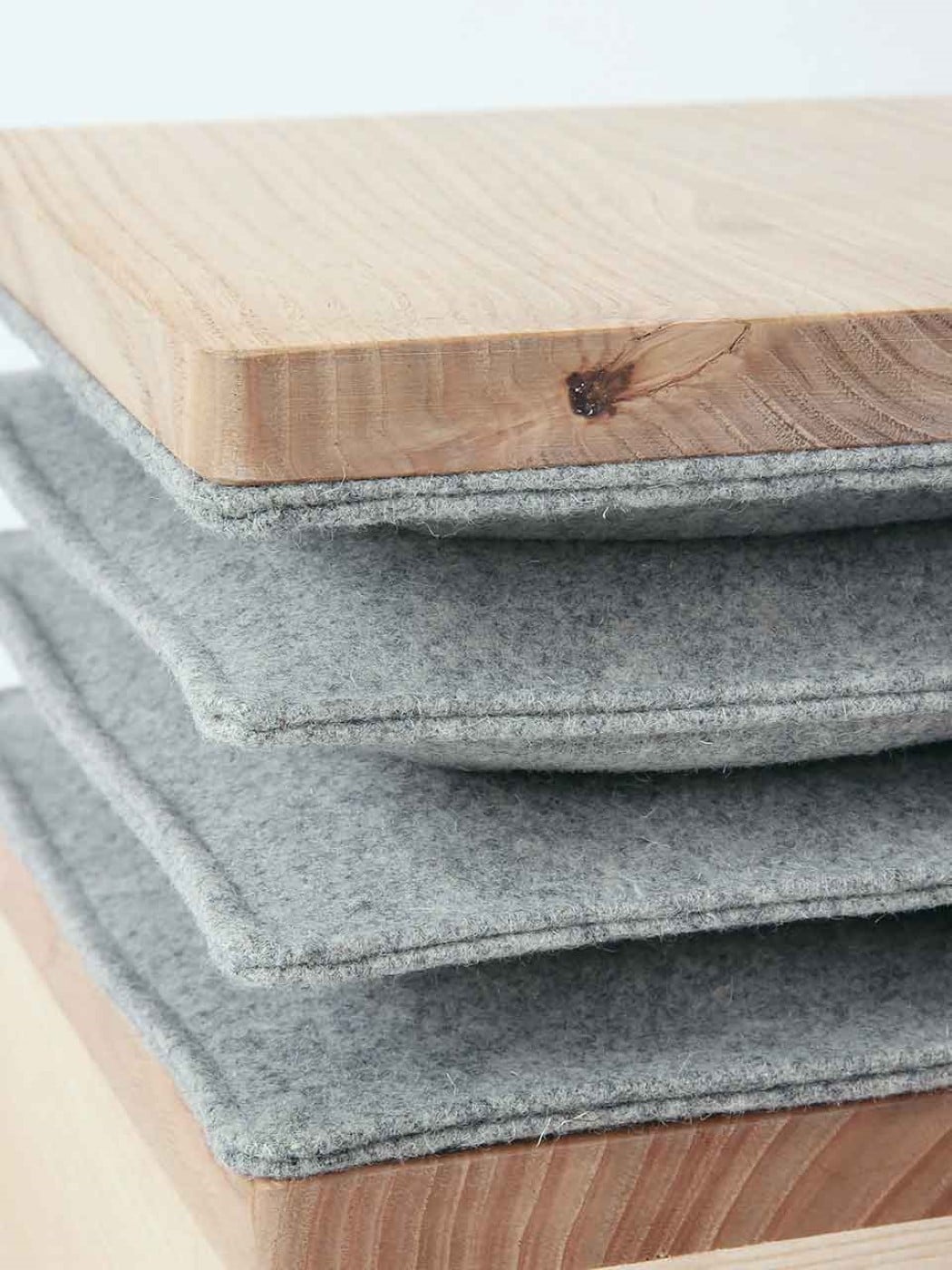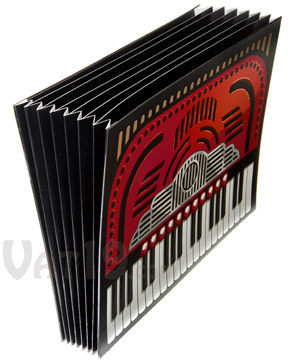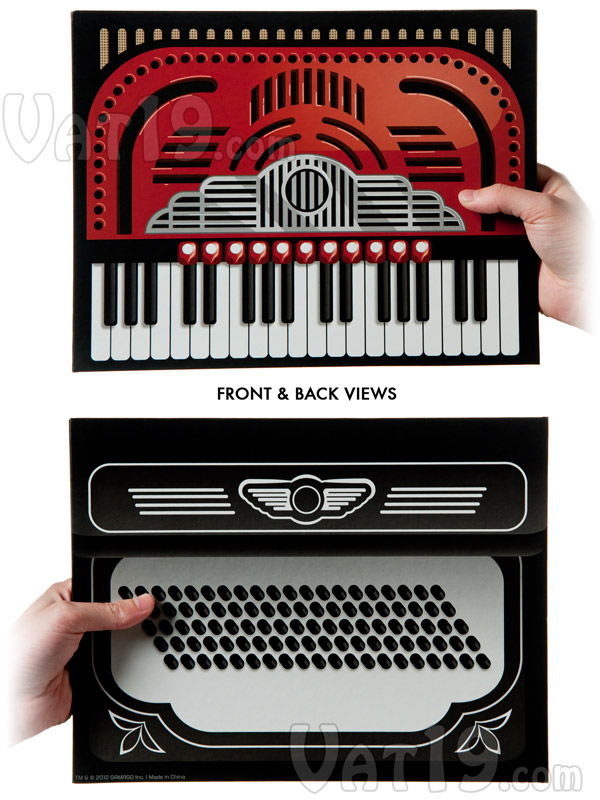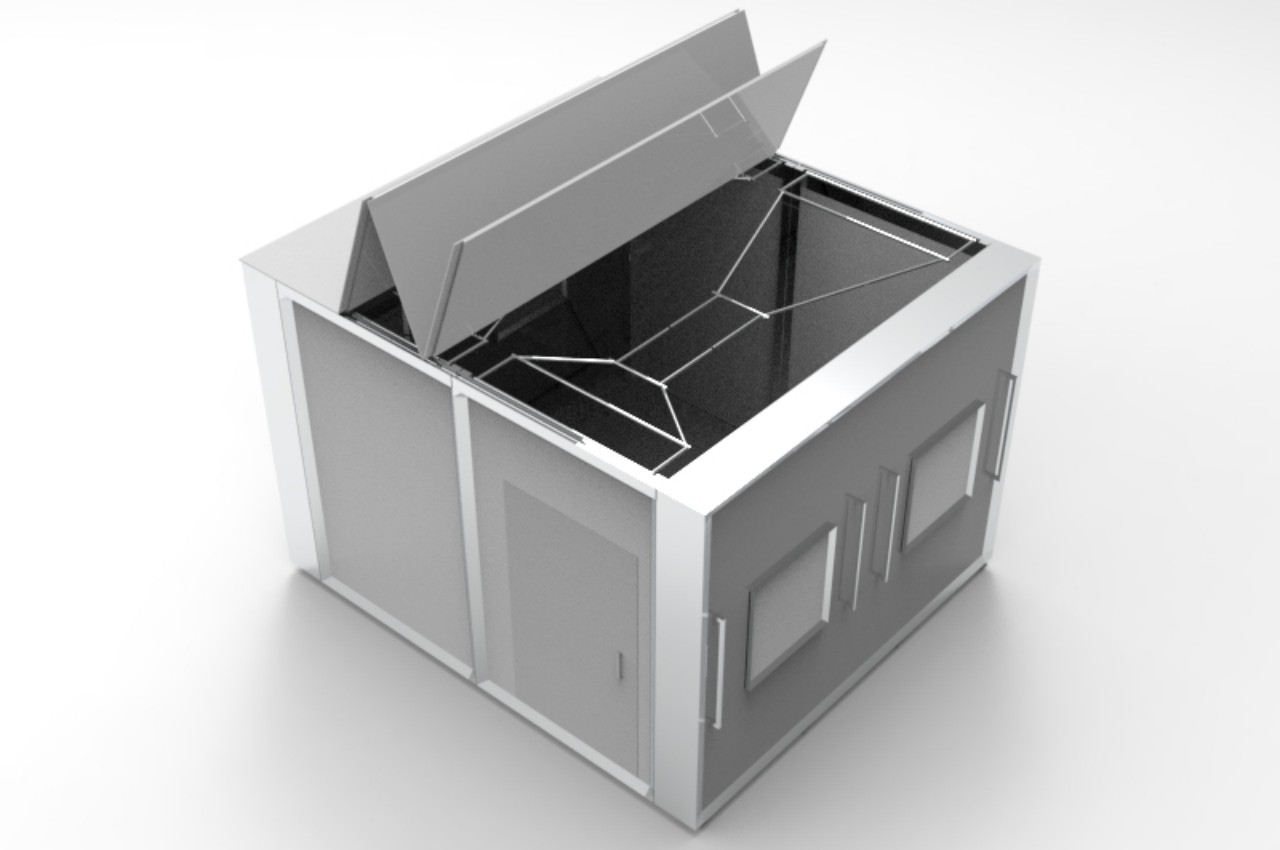
While a permanent mode of residence is always ideal for most people, there are times when that is a luxury that they can’t afford. This can happen in times of natural disasters like floods or earthquakes, military deployment in remote locations, or even shelter in a tourist or pilgrimage spot. Temporary housing, on the other hand, feels nothing like a house at all, especially since they’re often made with low-quality designs to make it cost-effective and easy to tear down when no longer needed. A better and longer-lasting solution would be a portable home that can be extended, set aside, and reused as needed, such as this housing concept design that takes inspiration from flat-packed furniture that can easily be set up even by just a handful of people.
Designer: Komal Panda, Suyash Chavan
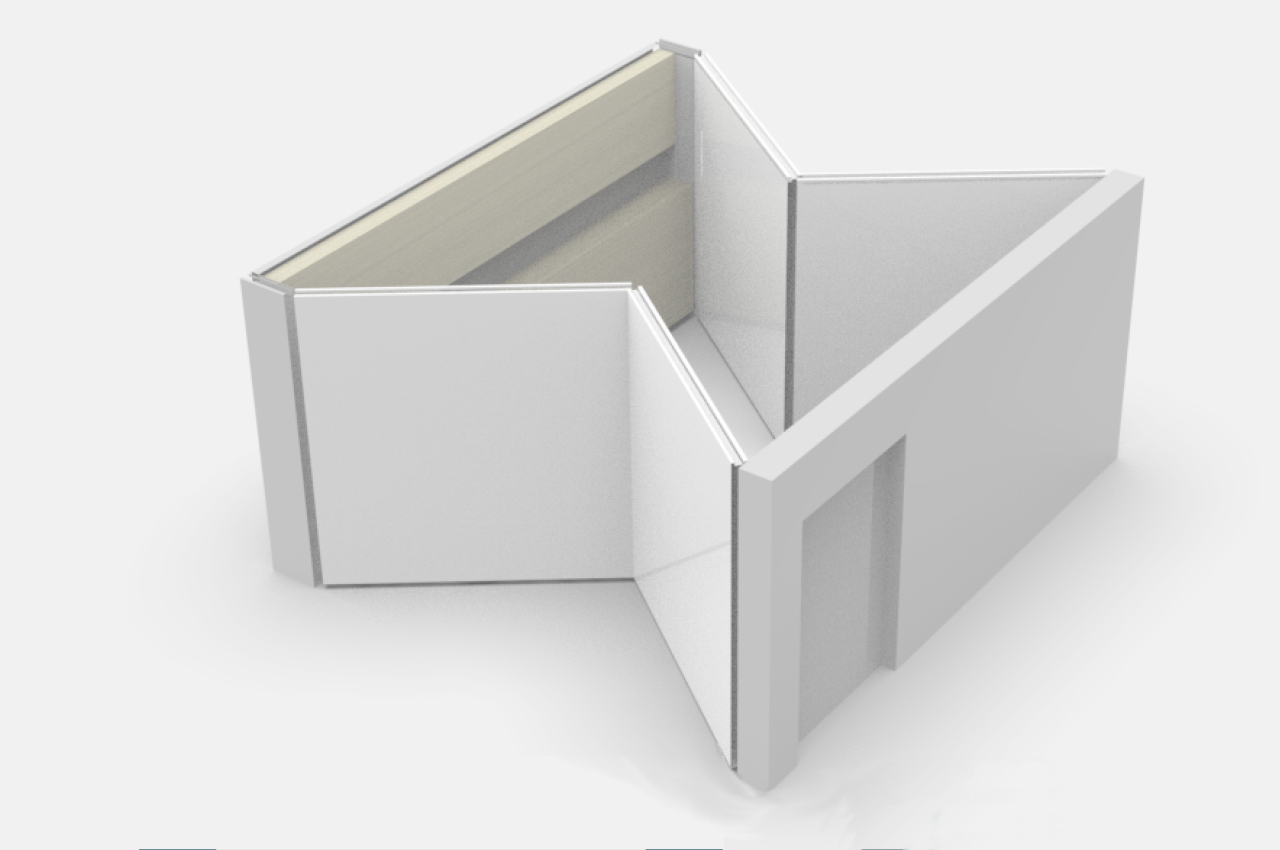
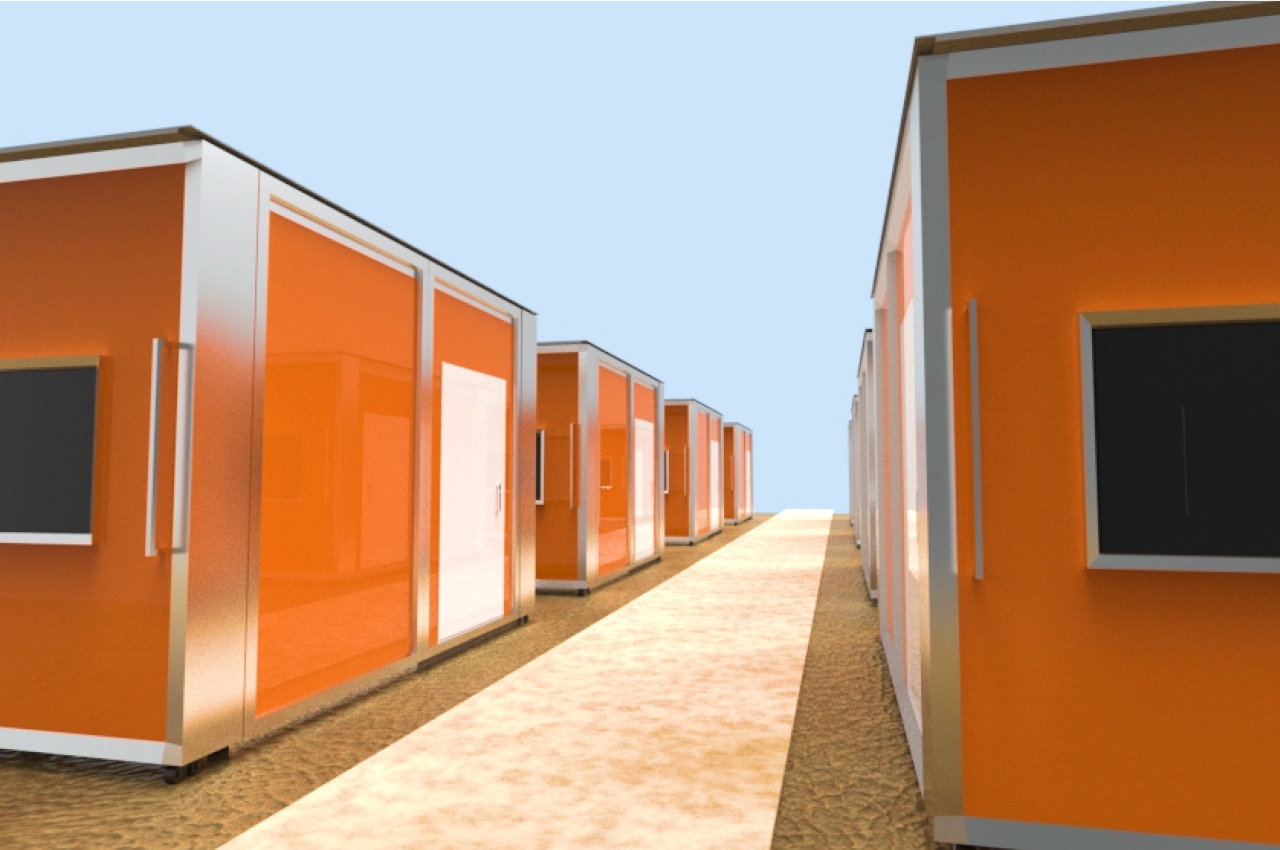
There has always been a need for portable or easy-to-assemble housing, even outside emergencies and disasters. Being able to put up a roof over people’s heads in a quick and efficient manner never goes out of fashion, and there is an almost never-ending number of attempts to make that practical and cost-effective. Prefabricated housing is one such possible solution, but it still takes a lot of time and effort to put the house together. These types of houses can’t be easily moved once they’ve been built either, which makes them less ideal for less permanent abodes.
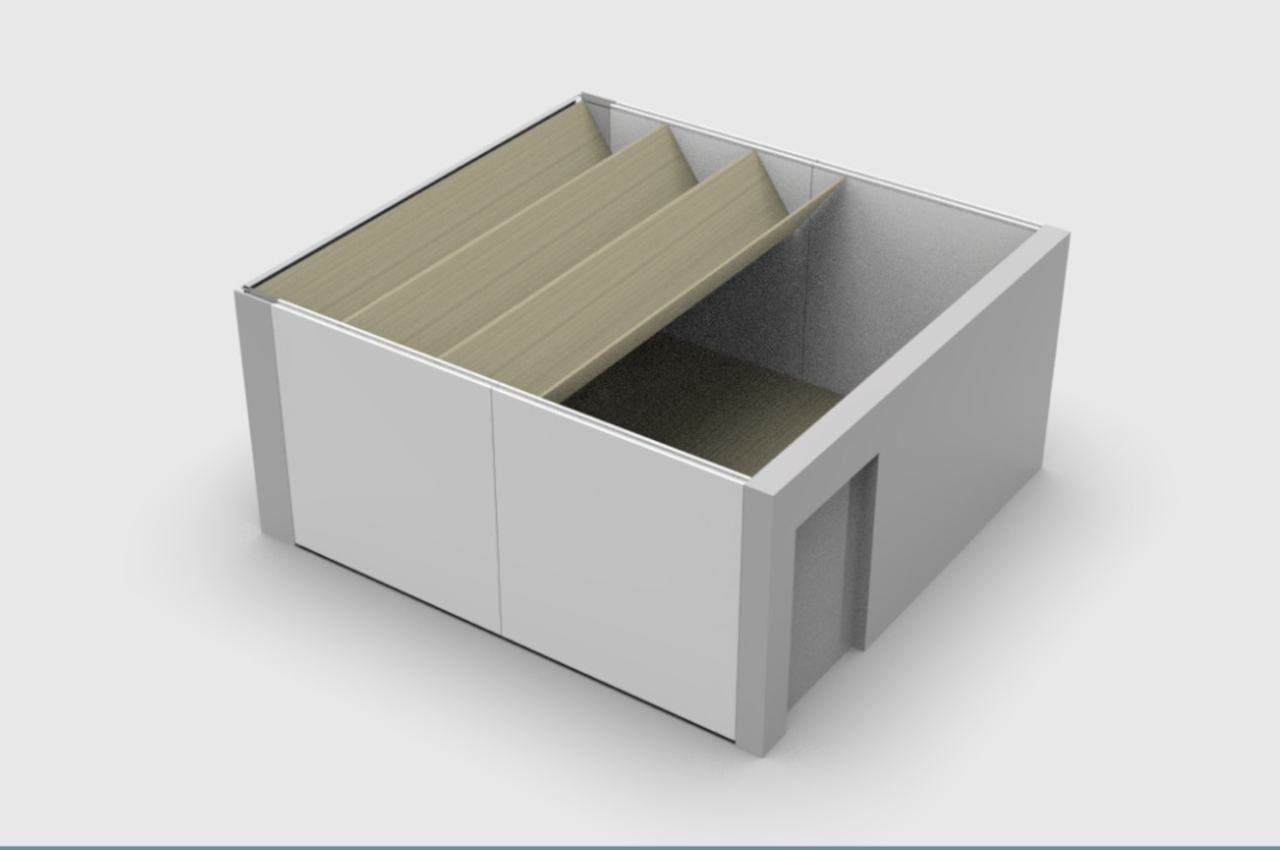
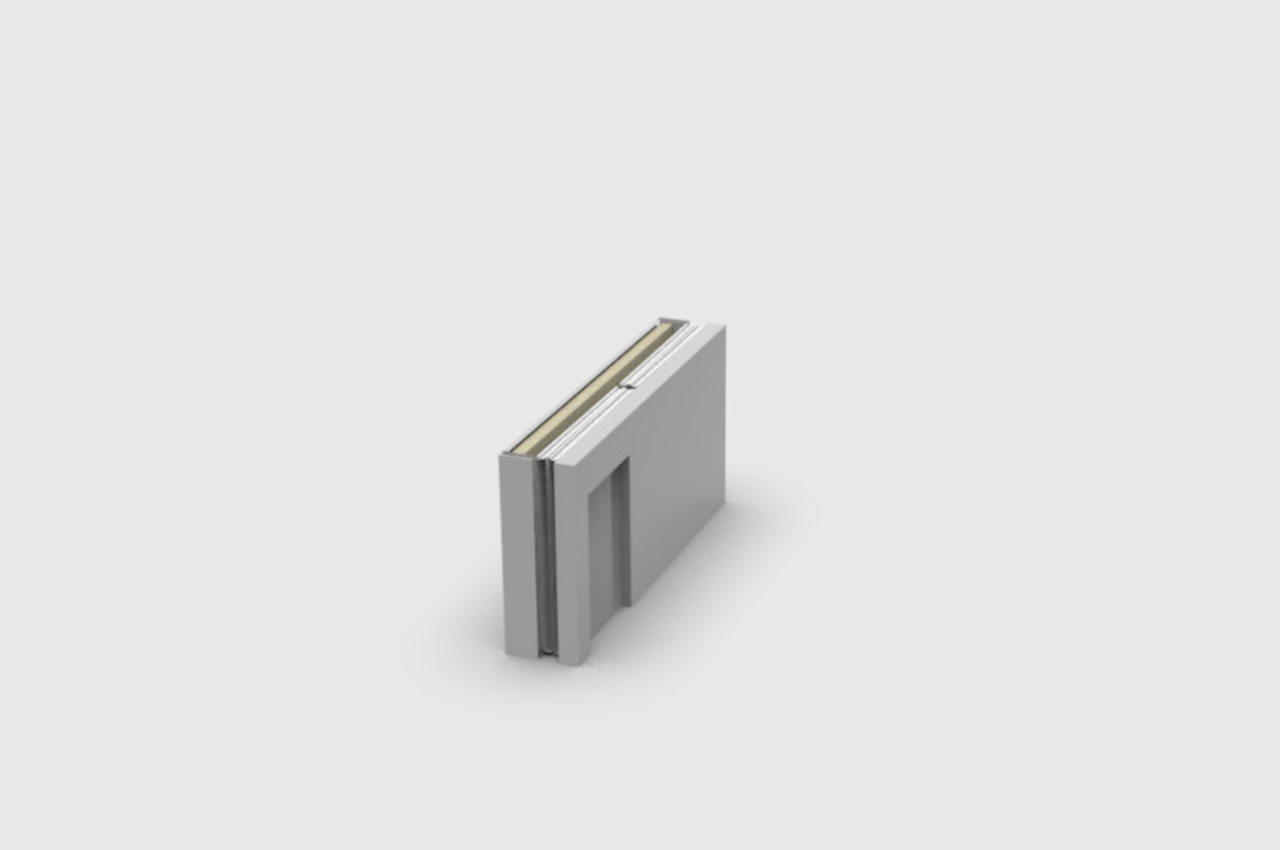

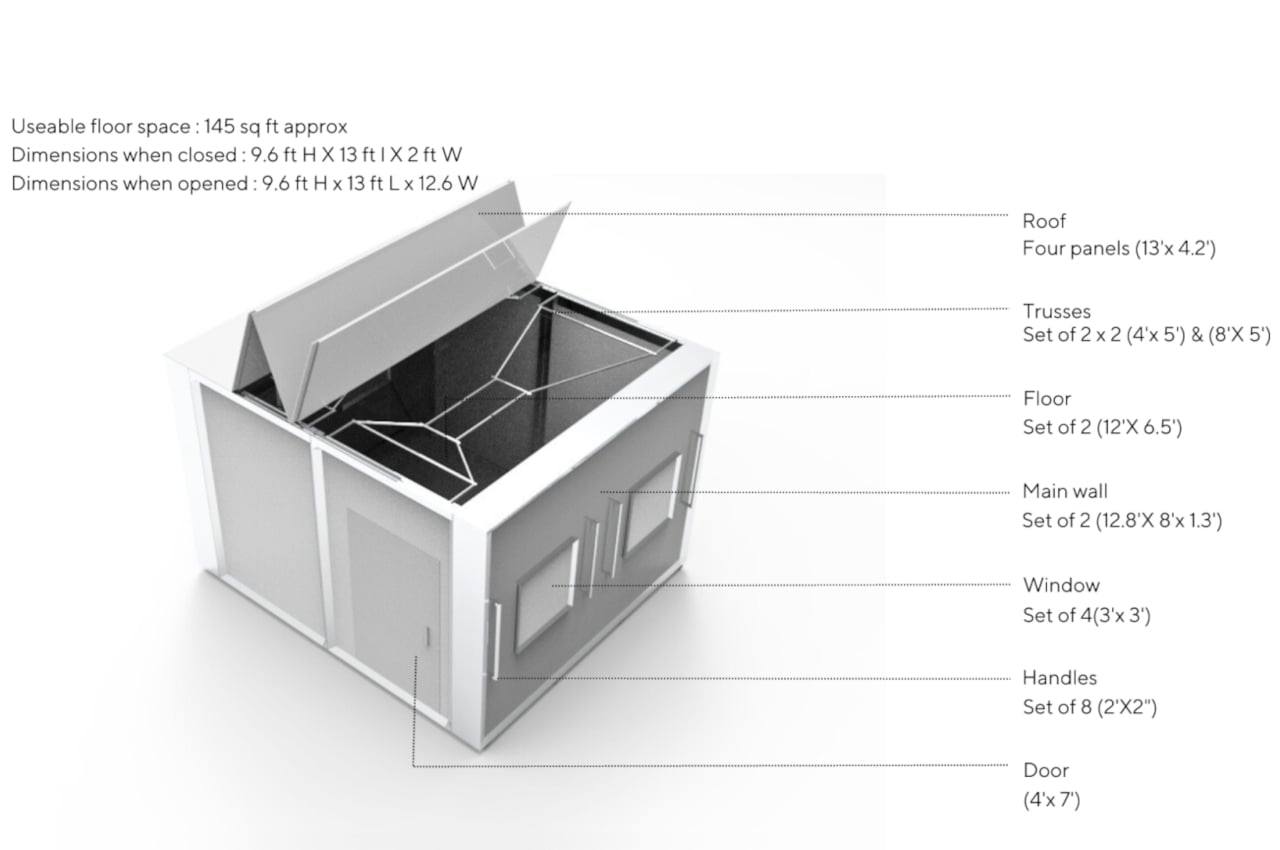
Baadi is a concept that takes the popular flat-pack furniture design to houses, though you don’t exactly assemble one from disparate parts. Instead, you pull out one side of the house, and the rest of the walls expand and unfold like an accordion. This mechanism allows a house that’s big enough for two to four people to be collapsed down to a very flat structure and moved around as needed. The design also makes it possible to deploy multiple houses quickly with only a few people involved, which is a key element when the houses are indeed needed for emergencies.
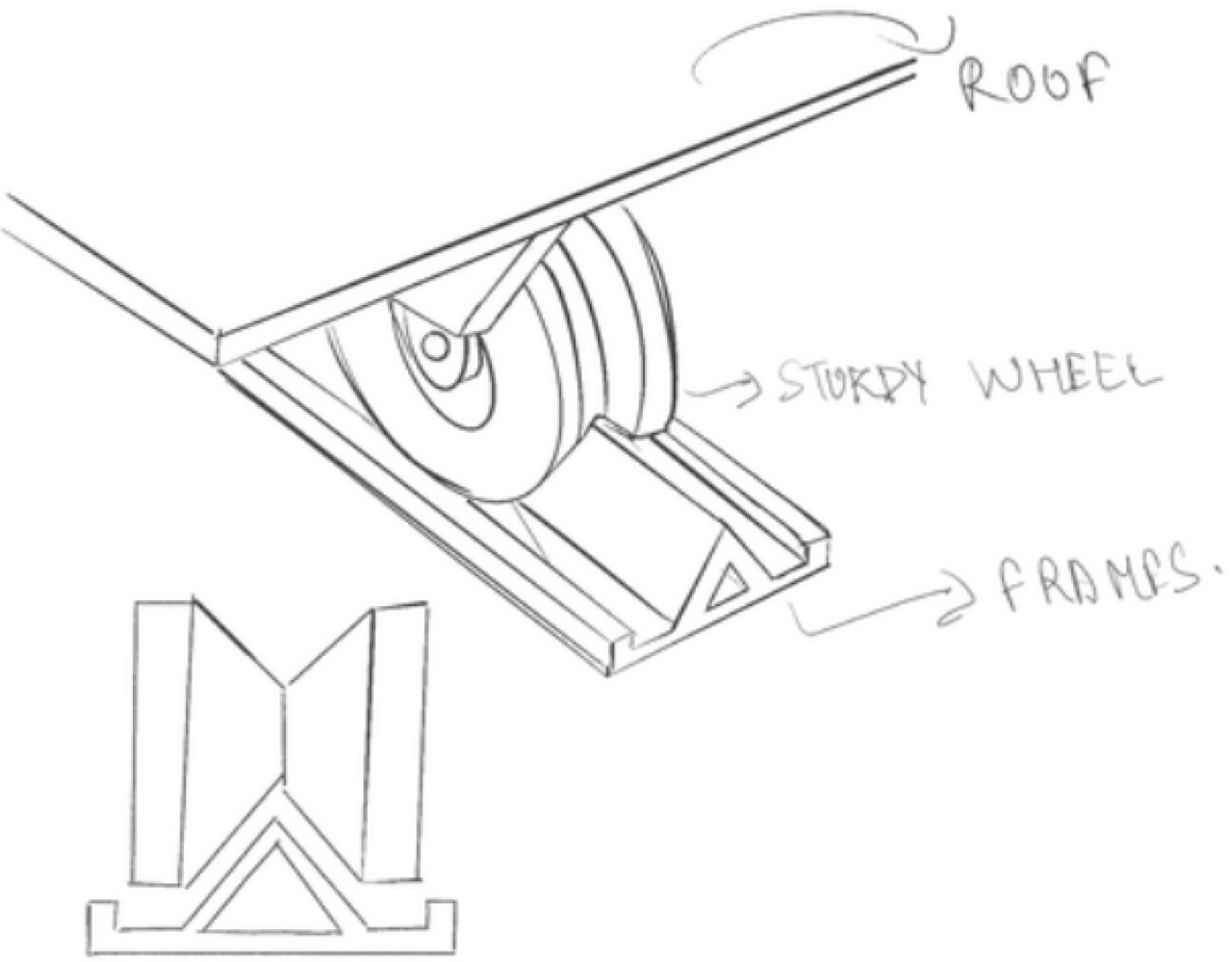
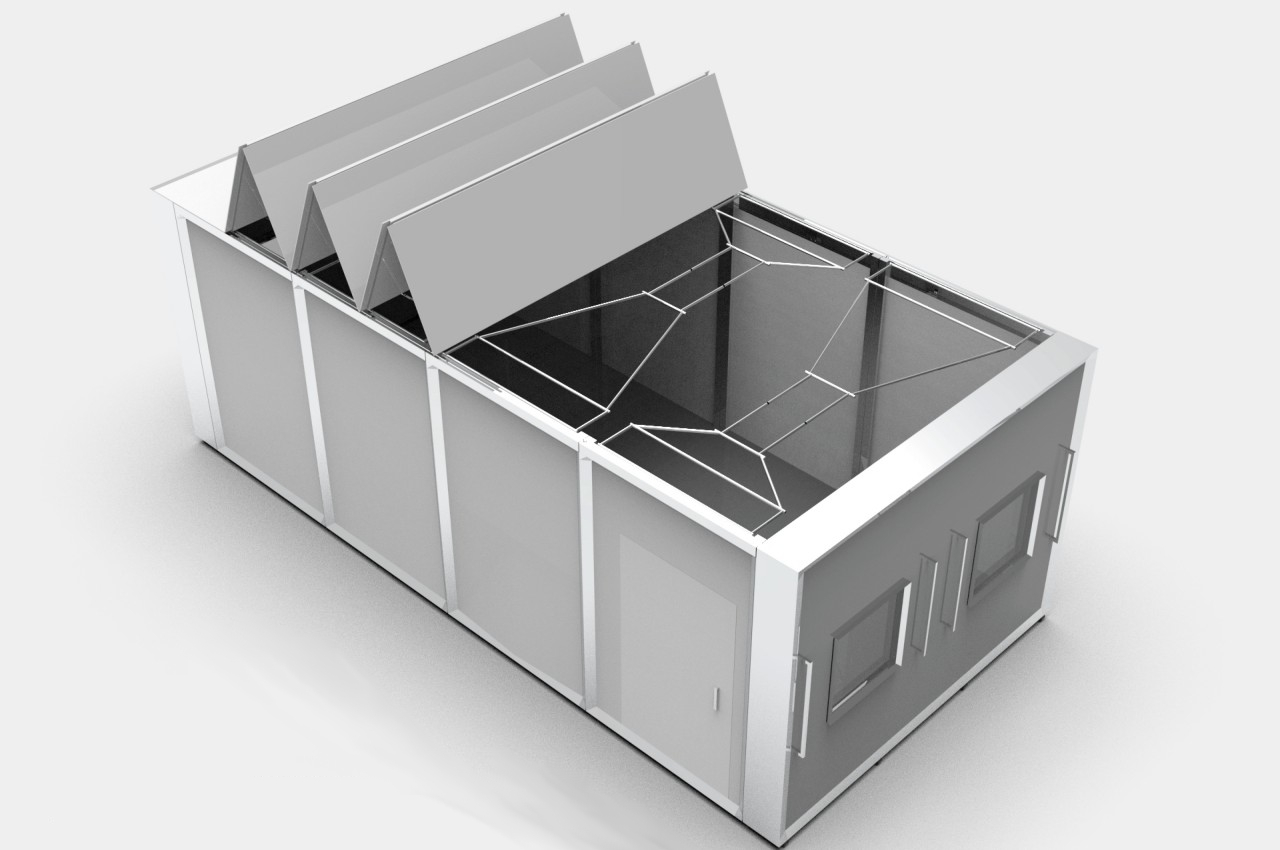

Just like flat-packed furniture, however, there is a connotation of such designs being soulless and dry, especially from lack of customization options. Baadi, however, is designed to be modular and flexible, such as in how many panels can be used to extend the size of the housing, as well as colors for the panels. The latter aspect is actually critical when the houses need to be very visible even from a distance, in case identification and location are needed during natural disasters.
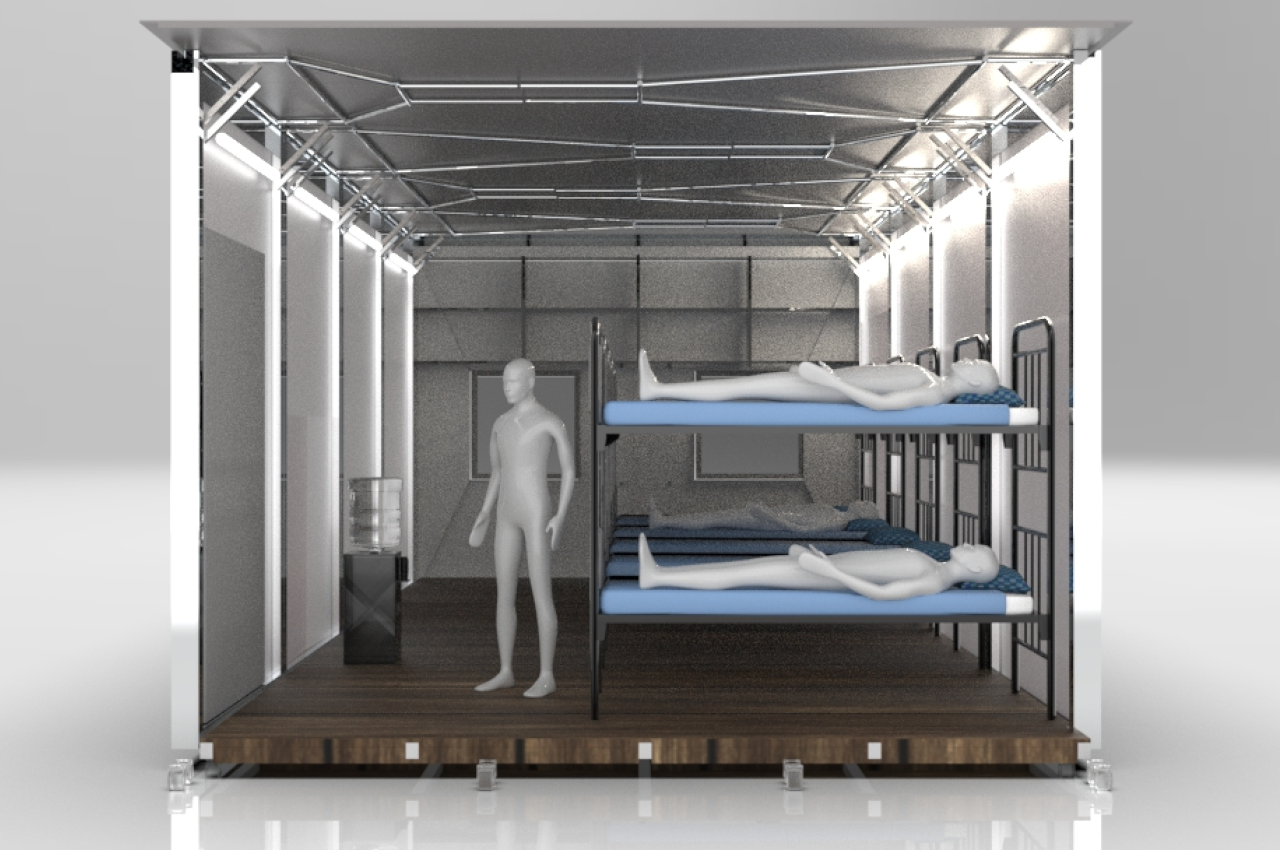
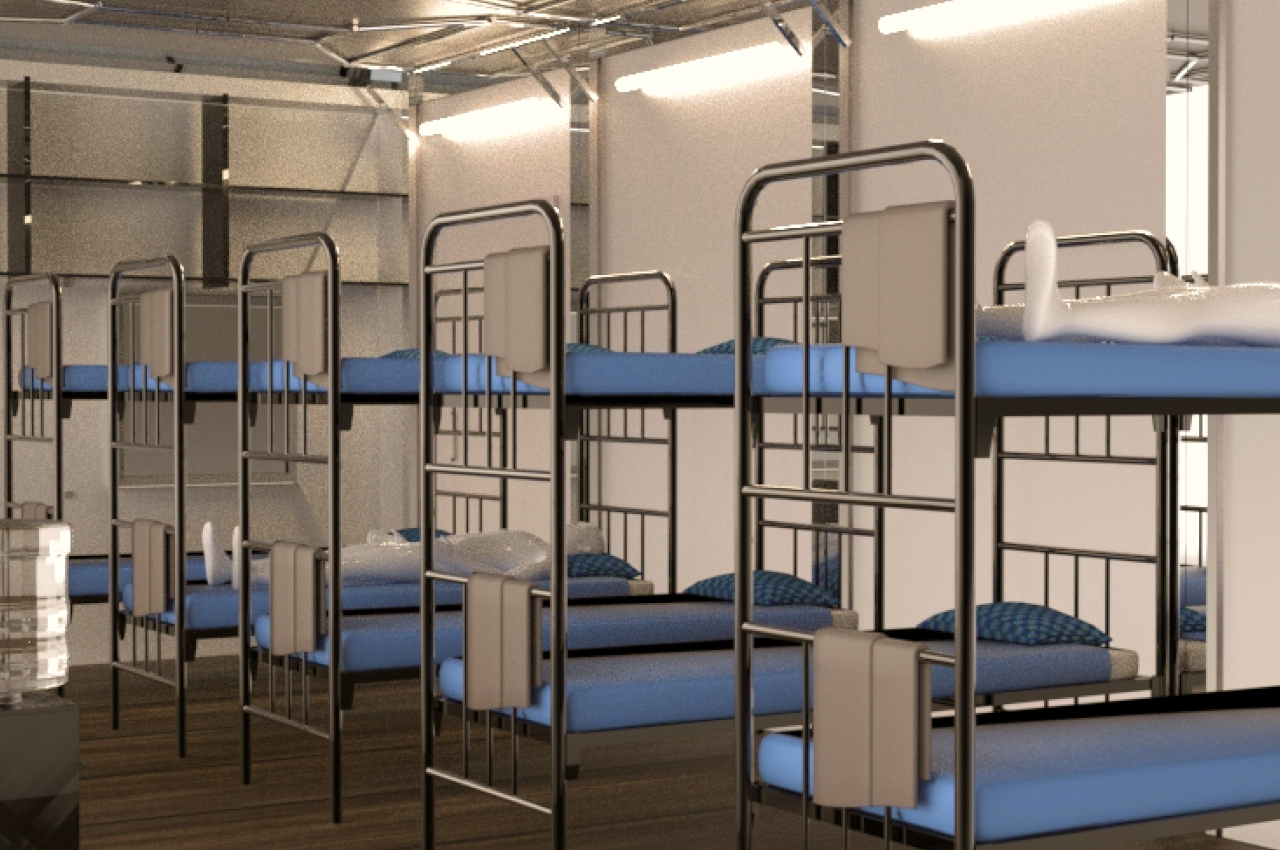
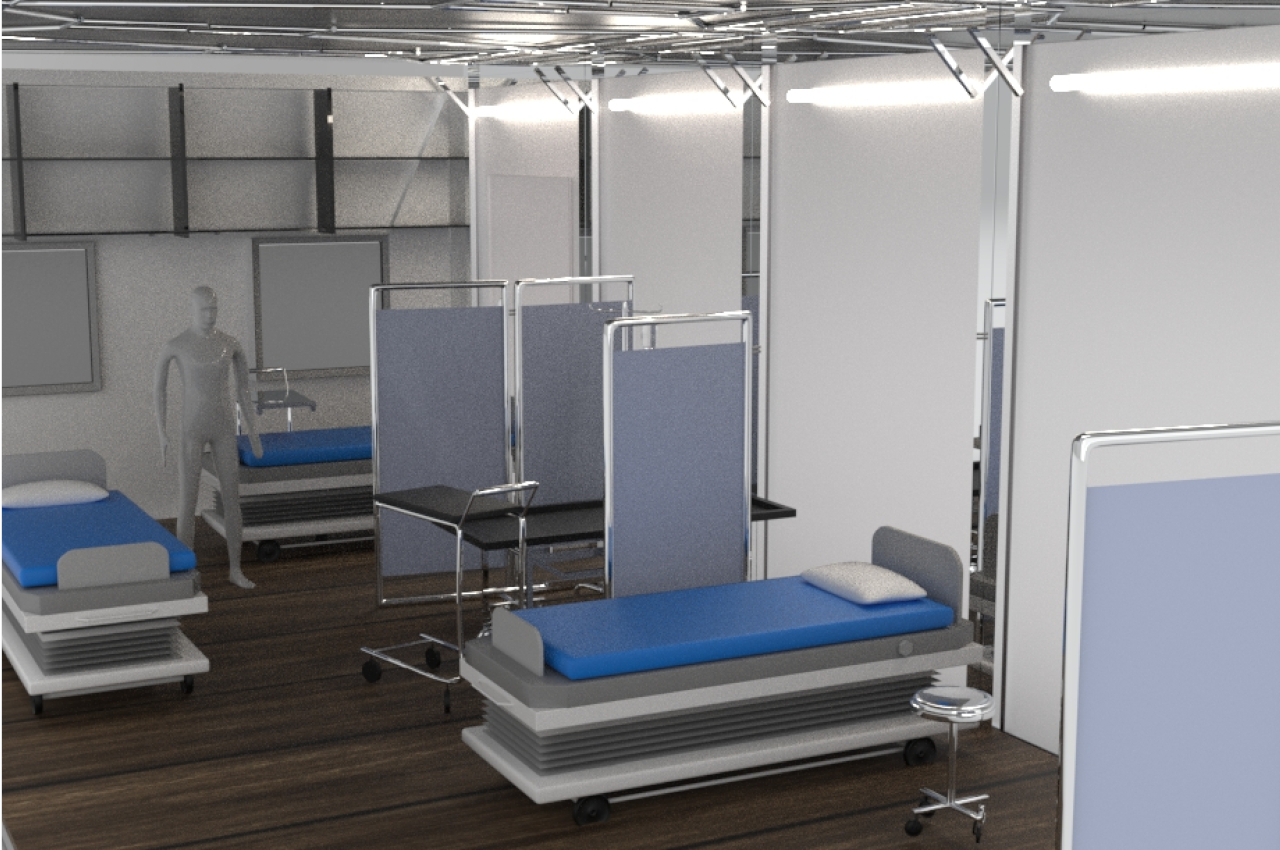
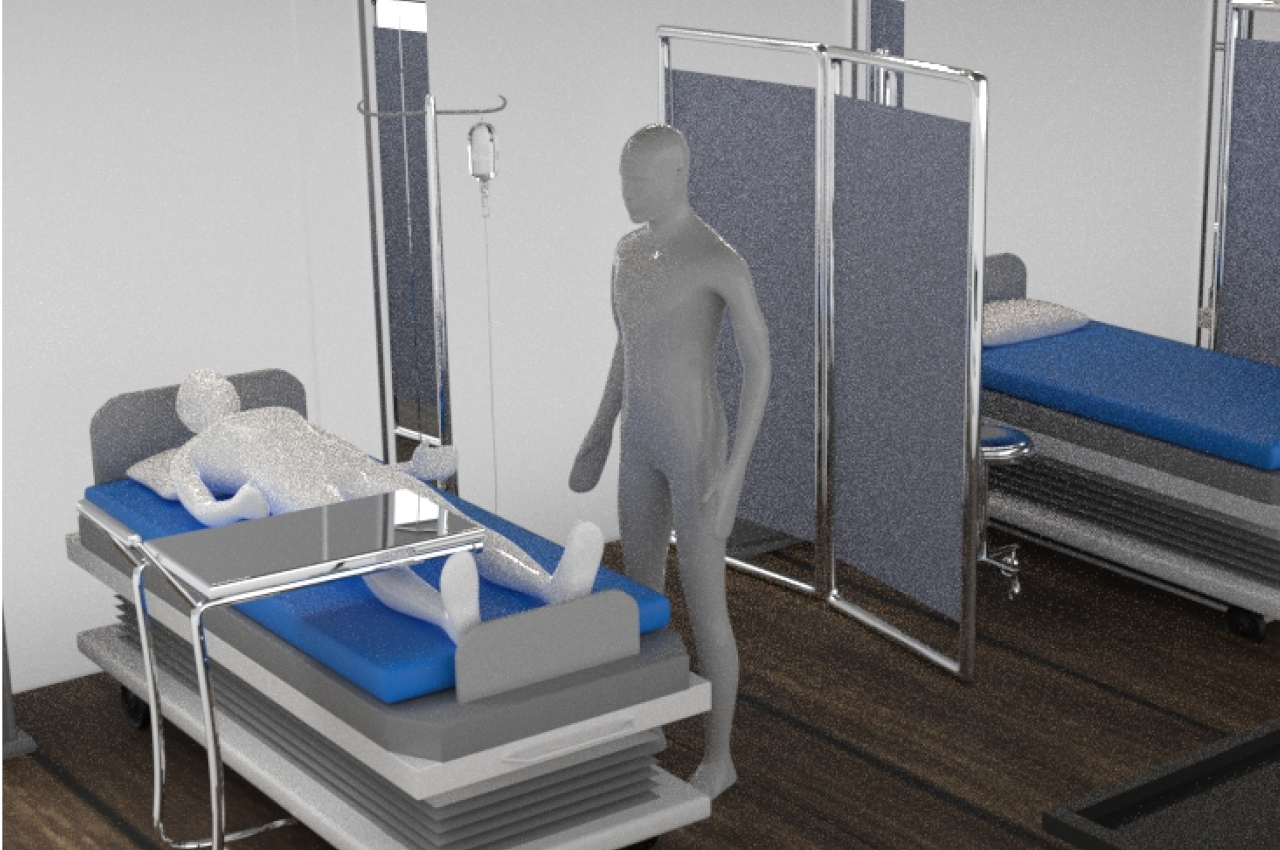
Admittedly, the concept doesn’t leave much room for using different materials, though it’s not that hard to imagine how the design can be extended to support a wider variety, as long as they meet the requirements of durability and resilience. After all, such a housing system places greater emphasis on portability and flexibility, while still providing the necessary protection and comfort when regular houses are near impossible to have.
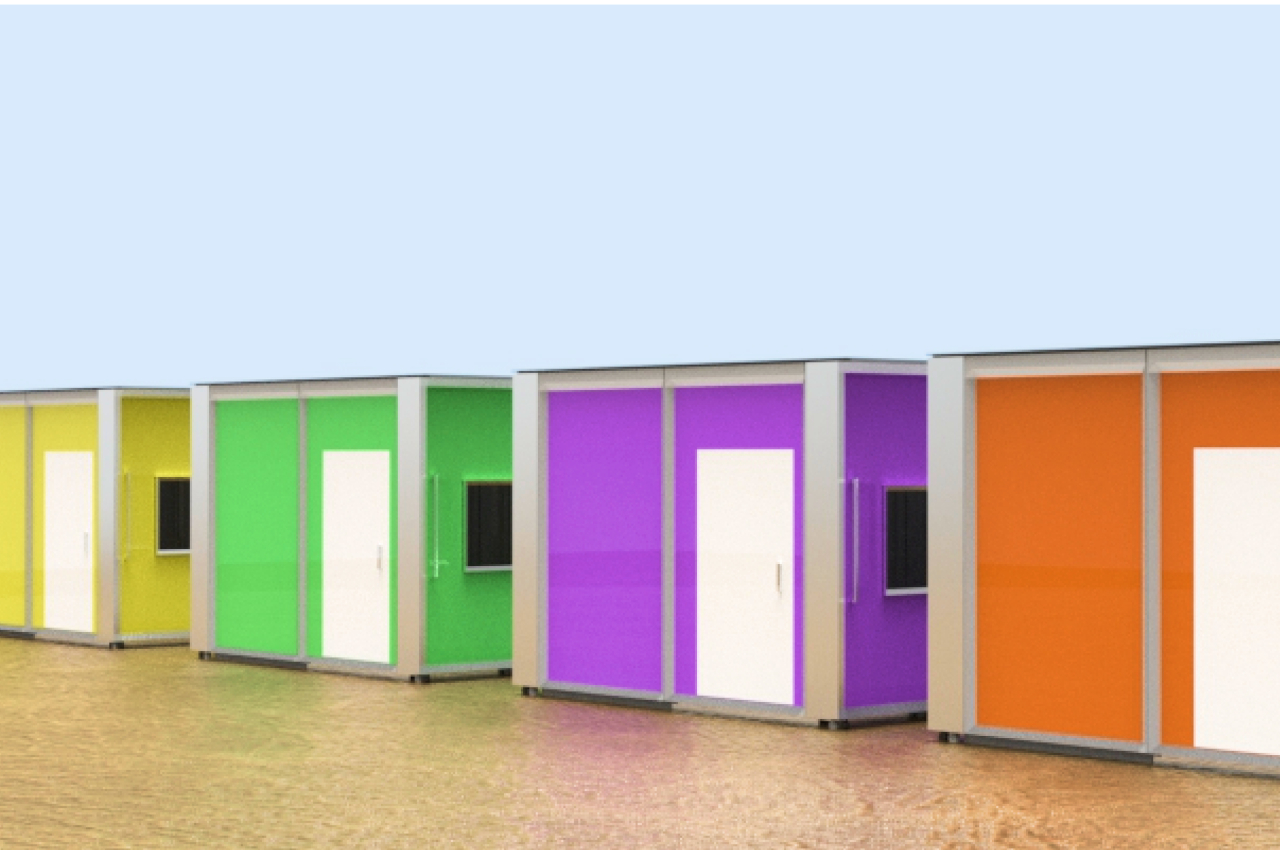
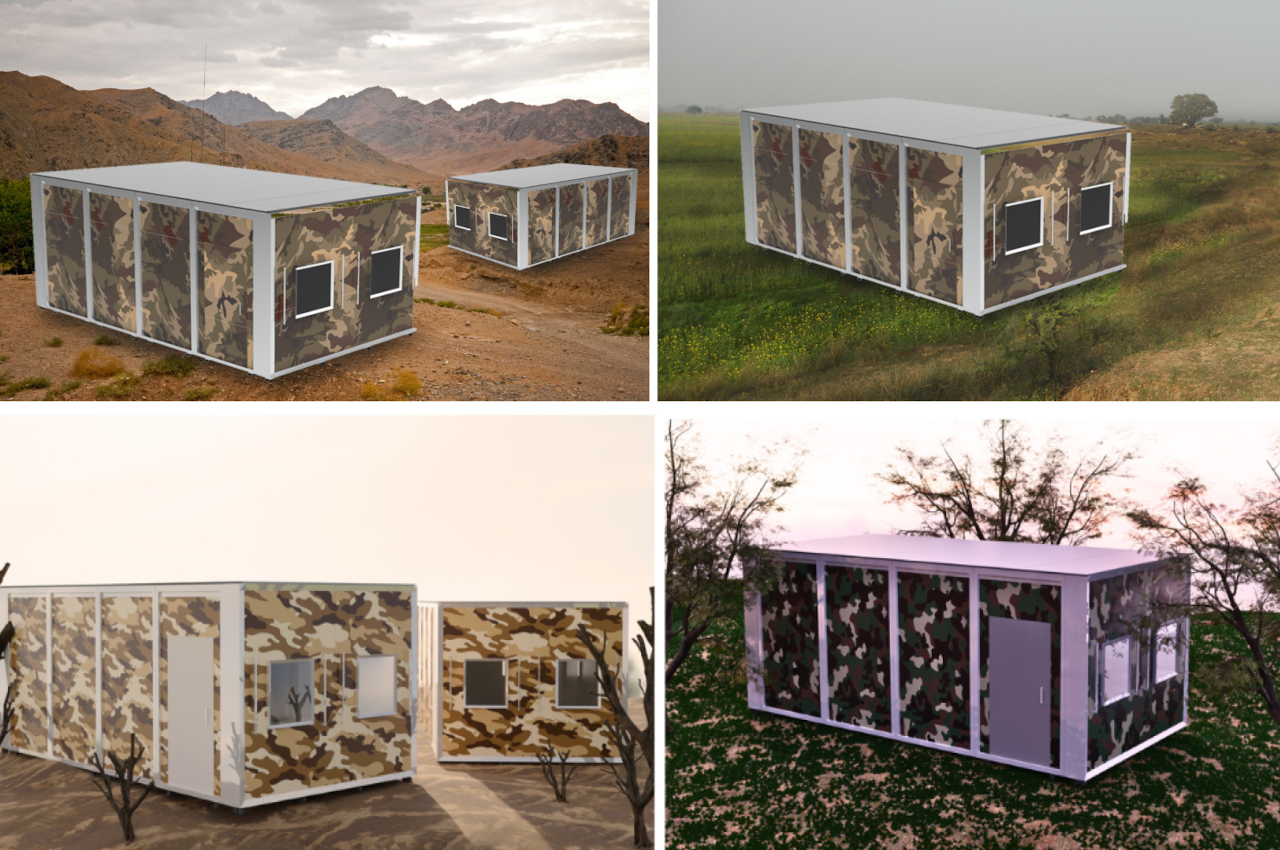
The post Flat-packed accordion-style house can be easily deployed in emergencies first appeared on Yanko Design.
